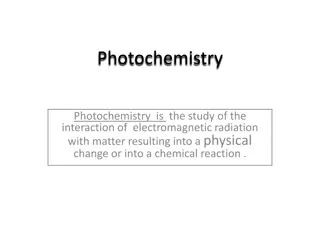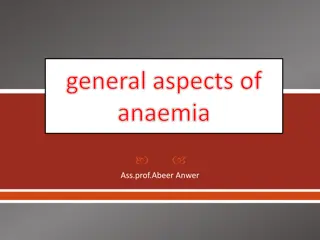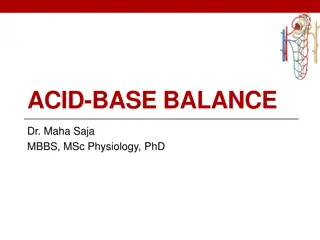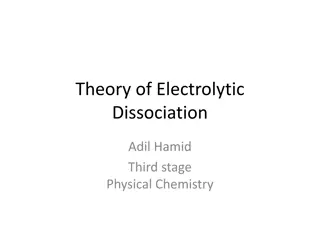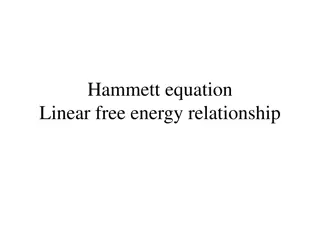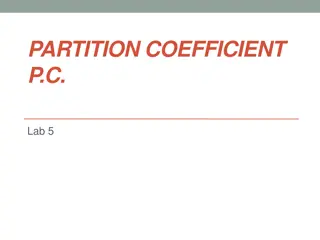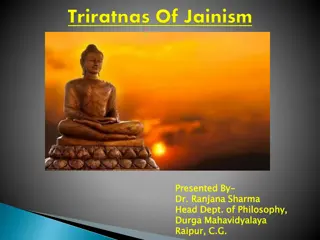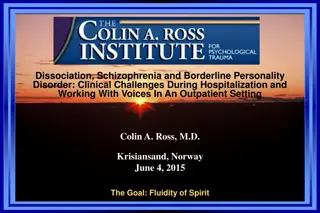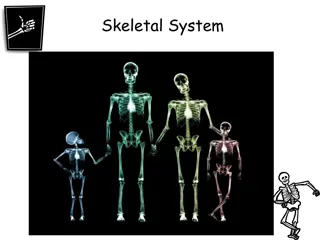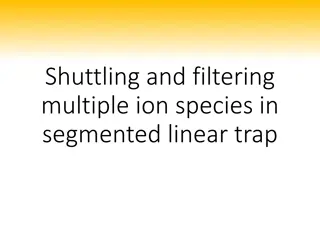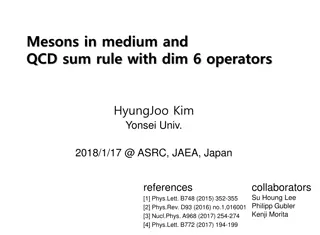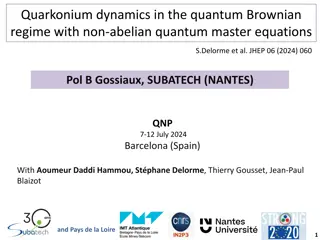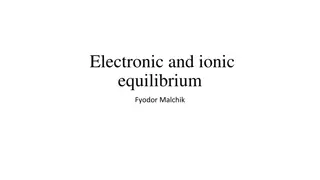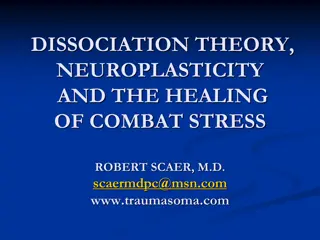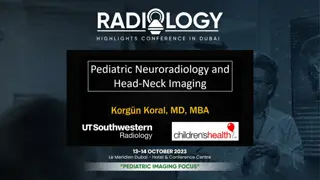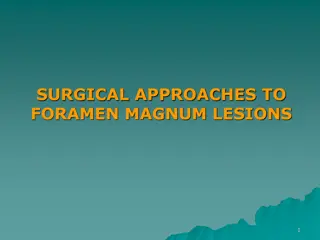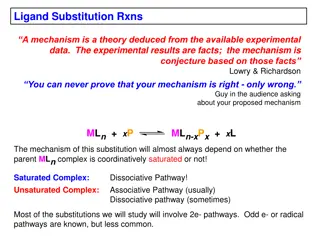Understanding Atlanto-Occipital Dissociation: A Neuroradiology Case Study
Atlanto-Occipital Dissociation (AOD) is a severe injury resulting from high-velocity trauma, with a high mortality rate. This case study from the American Society of Neuroradiology explores the mechanisms, imaging findings, and differential diagnosis of AOD, emphasizing the importance of prompt recognition and appropriate management to improve patient outcomes.
Download Presentation

Please find below an Image/Link to download the presentation.
The content on the website is provided AS IS for your information and personal use only. It may not be sold, licensed, or shared on other websites without obtaining consent from the author. Download presentation by click this link. If you encounter any issues during the download, it is possible that the publisher has removed the file from their server.
E N D
Presentation Transcript
History: Trauma #ASNRCOTW American Society of Neuroradiology Courtesy of Dr. Jennifer McCarty, UT Houston ASNR Case of the Week | @theASNR
Atlanto-Occipital Dissociation (AOD) Mechanism: High velocity trauma w/ distraction type injury Mortality: A reported 90% of patients w/ AOD injuries die, 60% at the scene. Three Types: I Ventral dislocation, most common II Longitudinal distraction, most unstable III Dorsal dislocation Imaging Findings on CT Basion-dens interval > 10 mm in adults Atlanto-occipital interval > 2 mm Condylar Sum > 4.2 mm, most sensitive CT sign Ligamentous disruption may involve any of the craniocervical junction ligaments, but the most important stabilizers are: Tectorial membrane Alar ligaments #ASNRCOTW American Society of Neuroradiology Courtesy of Dr. Jennifer McCarty, UT Houston ASNR Case of the Week | @theASNR
Additional Info Differential diagnosis: Atlantoaxial Distraction Multiple choice question What is the diagnosis? Atlanto-Occipital Dissociation Occipital Condylar Fracture Atlantoaxial Distraction Rotatory Subluxation Reference link: https://pubs.rsna.org/doi/10.1148/rg.2015150035 Diagnosis confirmed with MRI #ASNRCOTW American Society of Neuroradiology Courtesy of Dr. Jennifer McCarty, UT Houston ASNR Case of the Week | @theASNR
Slide Example Gradient: Standard Large Arrows (Light): Standard Small Arrows (Light): Standard Large Arrows (Dark): Standard Small Arrows (Dark): #ASNRCOTW American Society of Neuroradiology Courtesy of ASNR Case of the Week | @theASNR


